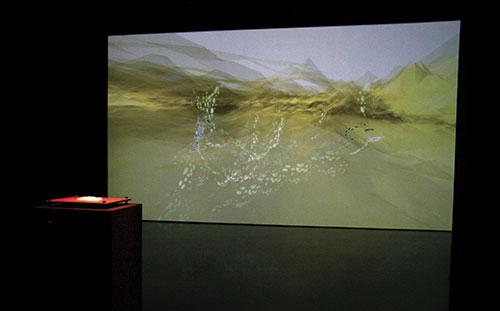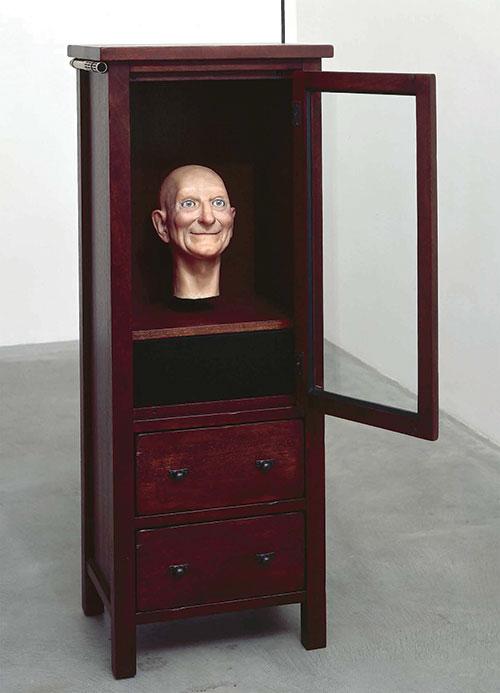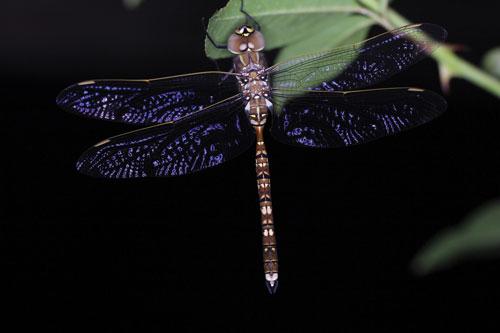
Hot Modernism is a compelling narrative of the architectural and design history of Brisbane and Queensland in 1945-75. The direction emerging in this exhibition seems superior to that characterised by the bureaucracies and professions that now crowd civic decision-making. As Gavin Bannerman (one of four curators of this exhibition) noted, an intense clarity of vision was possible in this earlier era and, for key architects, the journey from idea to realisation was shorter. For example in the years following WW2, James Birrell was appointed City Council Architect in Brisbane (at only 28-years-old) by Lord Mayor Clem Jones with the instruction: 'Go and make the city'.
The show opens with Timber and Tin, a 1976 film that documents the traditional Queenslander – its verandahs, corrugated iron, informality and awnings. The exhibition’s entry is through a corridor featuring black and white archival footage and reports detailing how the traditional Queenslander style of architecture was challenged by new interests in science and health, driven by the impetus toward a modern and ‘superior’ way of life following the war. The belief that the traditional Queenslander worked against the ‘physical and mental well-being’ of the population includes a 1944 report by Douglas Lee that casts the ‘unlined galvanised iron shanty’ in decidedly negative terms, while Karl Langer suggests that the subtropics and traditional building styles caused ‘white people’ both enervation and fatigue.
The need to accommodate more people from 1945, and the availability of mass production and inspiration drawn by modernist international examples ushered in a new architectural style with simpler lines, strong blocked colour and a streamlined European aesthetic. An interest in new civic utilities also gave rise to high-rise towers, multi-storey car parks and a heightened community interest in health and recreation, holiday resorts, swimming pools, shopping centres and freeways.
The exhibition features many designs and influences that informed the crucial elements of a modern city, and the new style of housing, represented by a beautifully realised recreation (with its Scandinavian-influenced design and architecture) of the Jacobi house
built in 1957.
The formative modernist influences on the generation of architects that drove these changes is captured in interviews with senior practitioners who relate how significant their experience of the modern architecture of Britain, Europe and America was to the formation of Brisbane.
It was University of Queensland (UQ) academic John MacArthur who identified the lack of a definitive architectural text on this period, and a clear focus on the UQ School of Architecture is due to this joint research project with the State Library of Queensland. MacArthur’s sense of the significant history of postwar architecture in Queensland as ‘largely tacit’ (according to Bannerman), drove the task of its documentation. Three years of research has yielded this exhibition and, in due course, a book edited by MacArthur will be published.
The timing of the show is crucial, given the opportunity to reflect and rethink the current direction of state-based planning. The pending Cultural Centre redevelopment and the new direction of the State Government Precinct – marked for demolition – is essential for the genesis of similarly strong design.
The exhibition notes the important loss of heritage buildings like the Bellevue Hotel and Cloudland during the period of the Bjelke-Petersen government and a renewed interest, emphasised by this loss, in the Queensland regional style. And Queensland architecture patently continues to have a distinctive flavour, driven by its environment, climate and clients.
Hot Modernism uses realised and unrealised buildings to tell the story of the nuanced modern style that remains highly significant in Queensland. It allows a strong context for our architectural and design history and the development of urban spaces that remain so important. Another legacy of this show is the Digital Archive of Queensland Architecture housed at the State Library, but most significant may be the sense that all users may influence outcomes, and that quality debate has the strongest yield
for communities.
It is timely and important to note Brisbane and Queensland’s architectural icons – many of which are little-known buildings tucked away in the suburbs and country, yet as the Opera House is for Sydney, these structures clearly define certain eras and travel well into
the future.












